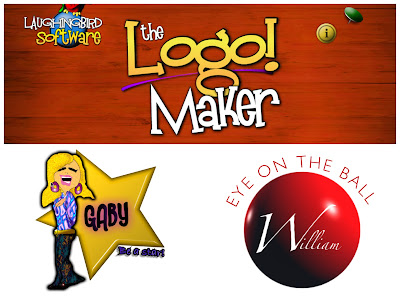Learn to project your iPad wirelessly, and it transitions from personal device to collaborative tool in a matter of seconds.
A) It is a more effective visual aid: Demonstrate how to use an app. Play a slide show. Screencast a lesson.
B) It fosters student-centered lessons: Students can project their own iPads onto the Smartboard to show their work, demonstrate a strategy, start a discussion, or ask a text-based question. Remember to change your airplay password after the students have used it so that they don't project their iPads without permission.
C) It becomes an instant, portable document camera: Just turn on your camera, point the iPad at something, and the students see it on the Smartboard.
You can then use your iPad camera as a motivator. "Wow! Let's all look at Jane's paragraph and see how neatly she wrote this sentence! Check out Sara's specific adjectives!"
You can use use it for live demos. "See how the water changes colors when I mix the two solutions? Notice the antennae moving as the caterpillar approaches..."
You can use it to annotate: "Take a picture of the starting sentence in your favorite book. Now let's look at the board and highlight the words that make it exciting...This is your homework sheet. Circle these two sections..."
Projecting
Options
- Apple VGA dongle ($29): It works, but movement is restricted by the physical connection to the cable.
- Reflector is the program I use. It costs $14.99 and runs on either a PC or a Mac. In addition to projecting your iPad to the computer, which then can then show up on a projector screen or Smartboard, it can also record what you are showing in the iPad (screen casting), allowing you to have a movie of your sounds and actions, which can then be emailed or posted online.
- AirServer costs about the same, but it does not have the recording capability.
- You can also mirror your iPad to a projector using Apple’s Apple TV hardware ($99), but that is the most costly option.








